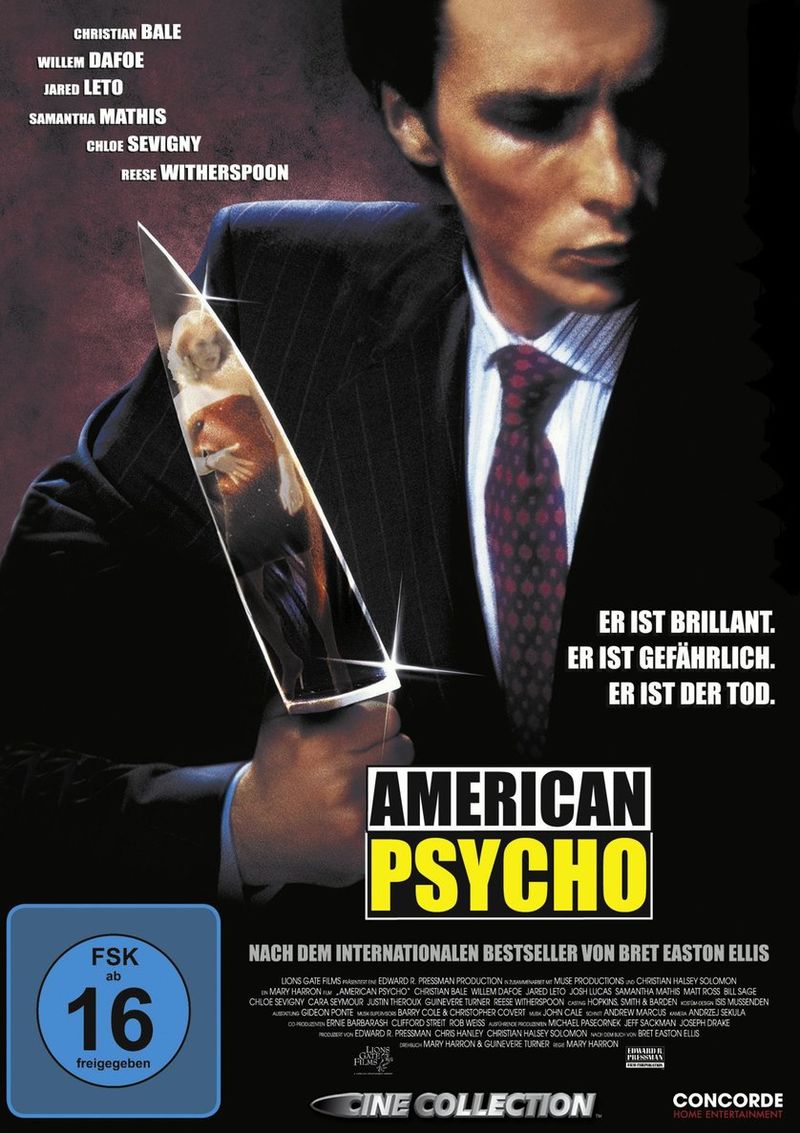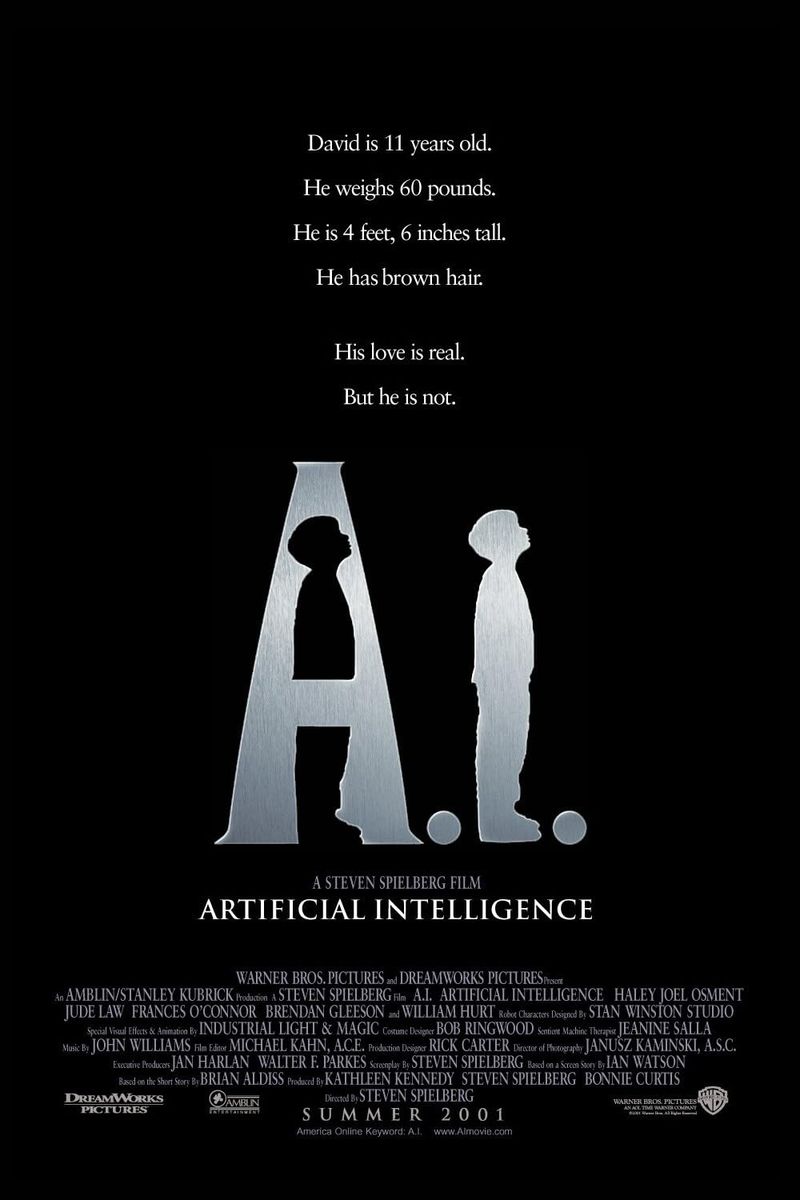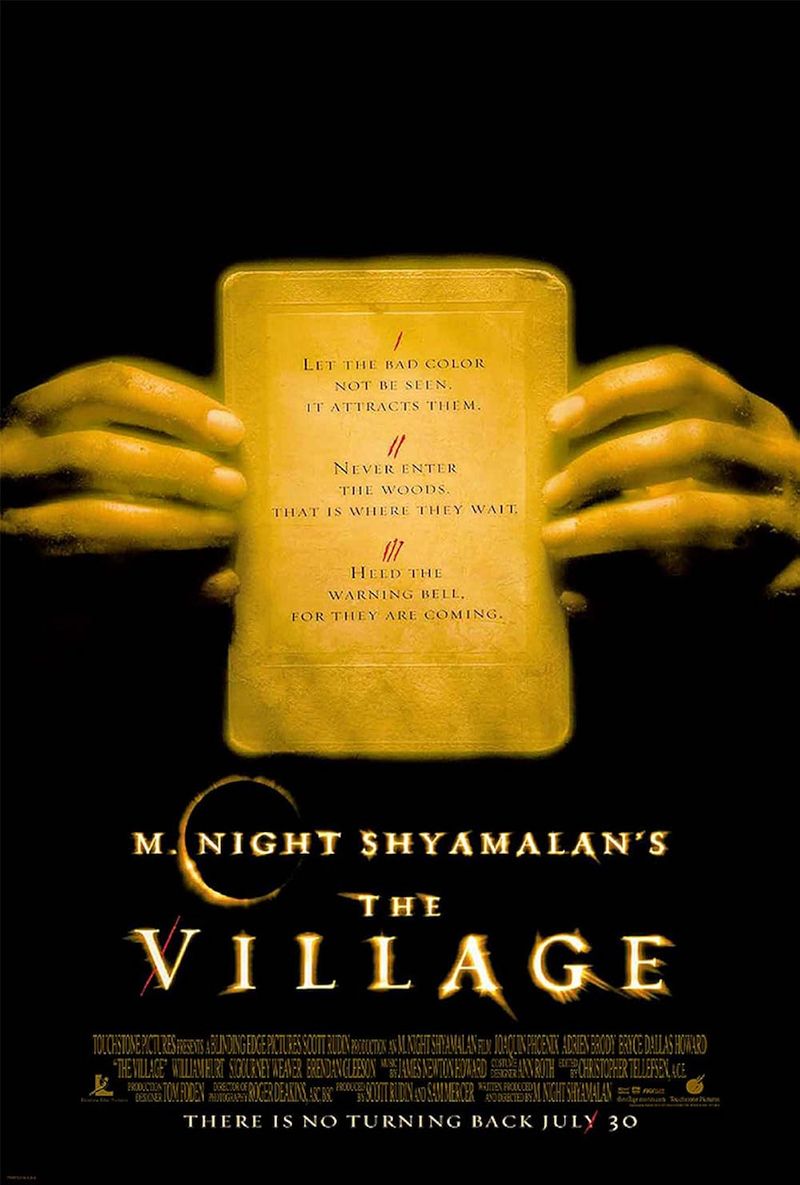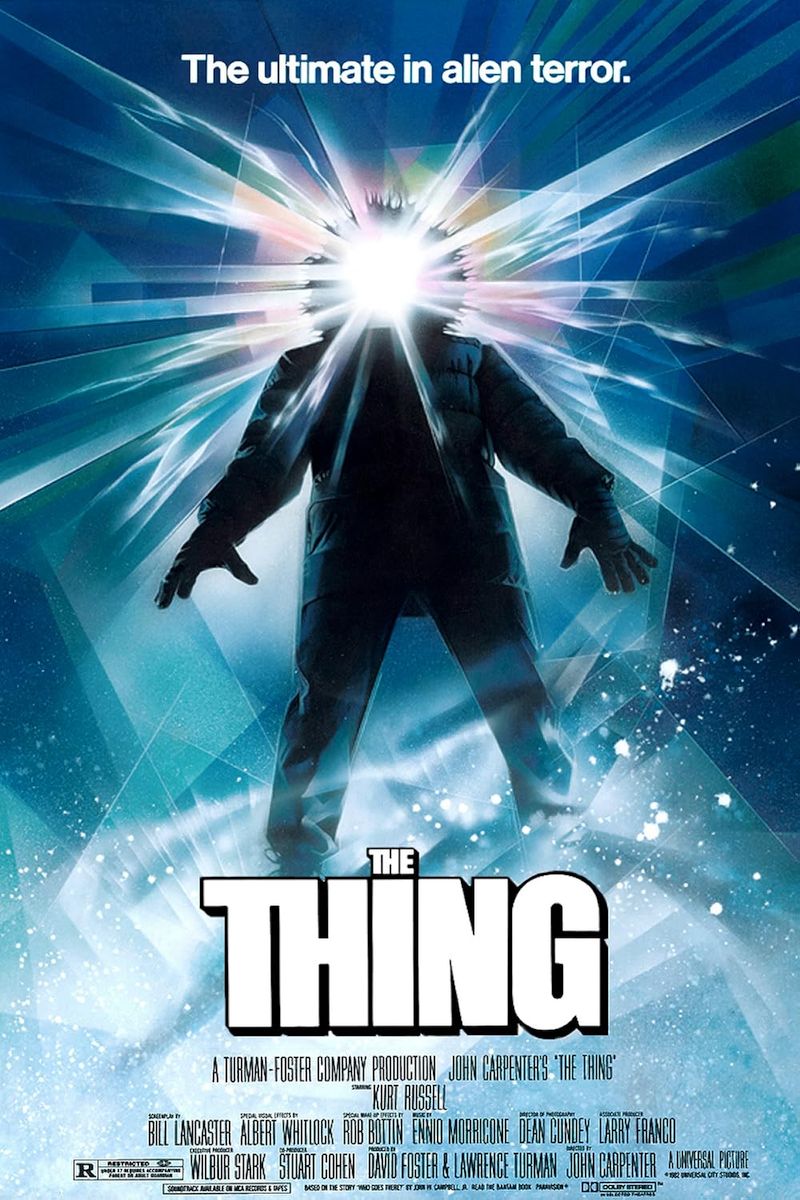10 Movie Endings That Were Misunderstood by Most Viewers

Movie endings can often leave audiences puzzled, sparking debates and discussions long after the credits roll. Some conclusions challenge our perceptions, leaving us to question what we’ve seen. This list dives into ten films where the ending may have been misunderstood by many viewers. These movies, with their nuanced storytelling and layered symbolism, invite us to look beyond the surface.
Whether through ambiguous visuals or complex narratives, these films challenge us to reconsider our assumptions and explore the deeper message hidden within. Let’s explore these intriguing cinematic experiences that have left audiences both thrilled and perplexed.
1. Inception (2010)

Inception’s ending has become iconic for its spinning top, leading many to question whether Cobb is still dreaming. The film’s true focus isn’t on this literal mystery but rather on Cobb’s personal journey. His acceptance of an imperfect reality marks the film’s true resolution.
The ambiguity of the top captures the essence of the story: the blurred lines between dreams and reality. Cobb’s emotional reconciliation with his past is the real triumph. He chooses his family over the endless pursuit of certainty.
Christopher Nolan intentionally leaves viewers in a state of uncertainty, inviting them to ponder the nature of reality and personal happiness.
2. Fight Club (1999)

Fight Club’s conclusion is often seen as an anarchic victory, but it’s more a descent into chaos. The narrator’s struggle with identity and sanity takes center stage. His realization of Tyler’s existence reflects a deeper personal conflict.
The film’s final moments are not a call to arms but a tragic commentary on the loss of self. The destruction around him symbolizes the internal turmoil and the consequences of unchecked rebellion.
Rather than glorifying chaos, Fight Club critiques the very ideas it seems to embrace, leaving audiences to grapple with the implications of identity and self-destruction.
3. Shutter Island (2010)

Shutter Island tantalizes with its twist ending, leaving viewers questioning reality. The final scene suggests protagonist Teddy Daniels might still be trapped in delusion. His choice to live as a monster or die as a good man is left ambiguous.
This ambiguity is the film’s strength, unraveling the complexities of the mind. Teddy’s journey reflects themes of guilt and acceptance, blurring the line between truth and illusion.
Director Martin Scorsese crafts a psychological puzzle, challenging viewers to interpret Teddy’s fate, and leaving us to wonder if sanity is truly worth the price of awareness.
4. American Psycho (2000)

American Psycho’s ending blurs the lines between fantasy and reality, leaving viewers questioning Patrick Bateman’s sanity. The excess of violence and surreal corporate satire suggest a dreamlike quality.
However, the film intentionally leaves this ambiguity intact, reflecting the superficiality and moral void of Bateman’s world. His confessions go unnoticed, highlighting the hollowness of his existence.
Director Mary Harron’s adaptation of Bret Easton Ellis’s novel creates a chilling exploration of identity and alienation, where Bateman’s reality is as fragmented as his mind, challenging viewers to decipher the true horror beneath the surface.
5. Get Out (2017)

Get Out concludes with what might seem like a triumphant escape, but it offers more than a simple victory. Chris’s journey highlights systemic oppression, with real threats persisting beyond his escape.
The film’s layers reveal a broader commentary on racial dynamics and societal control. The chilling reality of his experience lingers, reflecting the societal issues that inspired the narrative.
Jordan Peele’s masterful direction crafts a horror that extends beyond the screen, challenging audiences to recognize the systemic challenges faced by marginalized communities, and leaving a haunting reminder of real-world injustices.
6. A.I. Artificial Intelligence (2001)

A.I. Artificial Intelligence leaves viewers pondering its ending, often mistaken for alien intervention or machine benevolence. The narrative, however, delves into loneliness and what it means to be “real.”
David’s longing for human love and connection forms the emotional core. The film explores the complexities of existence and the human condition through the eyes of artificial beings.
Steven Spielberg’s vision challenges audiences to reflect on identity and empathy, offering a poignant meditation on love and the quest for belonging, rather than a simplistic resolution.
7. The Village (2004)

The Village’s twist ending, initially criticized, serves as a profound allegory. Its themes of fear and isolation resonate with post-9/11 sentiments, challenging perceptions of safety and control.
The community’s choice to live in ignorance reflects societal tendencies to create illusions of security. The film questions the price of such deceptions and the impact of fear on human behavior.
Director M. Night Shyamalan crafts a narrative that invites viewers to explore the psychological and social constructs that govern our lives, turning a simple twist into a reflective commentary.
8. The Thing (1982)

The Thing ends with a chilling ambiguity, leaving viewers questioning who is human and who is alien. The uncertainty captures the film’s core theme of mistrust.
The open-ended conclusion reflects the tension and paranoia that permeate the narrative. Director John Carpenter’s decision to forgo resolution underscores the film’s exploration of fear and identity.
This ambiguity challenges audiences to confront the nature of the unknown, creating a suspenseful experience that lingers, echoing the timeless fear of what we cannot understand or control.
9. Total Recall (1990)

Total Recall’s ending leaves audiences debating reality versus illusion. The story’s conclusion hints at a memory implant but remains intentionally ambiguous.
This uncertainty is key to the film’s exploration of identity and memory. The line between reality and fantasy blurs, reflecting the protagonist’s inner conflict.
Director Paul Verhoeven crafts a narrative that invites viewers to question their perceptions, creating an engaging experience that challenges the nature of truth and the human mind.
10. The End of Evangelion (1997)

The End of Evangelion presents a conclusion that transcends typical anime boundaries. Its apocalyptic imagery questions identity, ego, and rebirth.
The film’s shocking finale isn’t mere spectacle but a complex meditation on existence and self-awareness. The narrative’s ambiguity invites varied interpretations, challenging viewers to find meaning.
Director Hideaki Anno’s vision delves into philosophical themes, offering a rich tapestry for exploration. The ending’s layered complexity creates a profound reflection on life, forging a unique connection with audiences worldwide.

Comments
Loading…